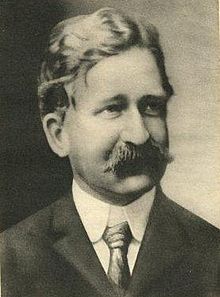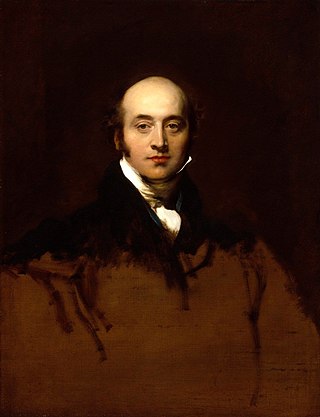
Sir Thomas Lawrence was an English portrait painter and the fourth president of the Royal Academy. A child prodigy, he was born in Bristol and began drawing in Devizes, where his father was an innkeeper at the Bear Hotel in the Market Square. At age ten, having moved to Bath, he was supporting his family with his pastel portraits. At 18, he went to London and soon established his reputation as a portrait painter in oils, receiving his first royal commission, a portrait of Queen Charlotte, in 1790. He stayed at the top of his profession until his death, aged 60, in 1830.

John Singer Sargent was an American expatriate artist, considered the "leading portrait painter of his generation" for his evocations of Edwardian-era luxury. He created roughly 900 oil paintings and more than 2,000 watercolors, as well as countless sketches and charcoal drawings. His oeuvre documents worldwide travel, from Venice to the Tyrol, Corfu, Spain, the Middle East, Montana, Maine, and Florida.

William Jacob Baer was an American artist, considered the foremost American miniature painter.

George Caleb Bingham was an American artist, soldier and politician known in his lifetime as "the Missouri Artist". Initially a Whig, he was elected as a delegate to the Missouri legislature before the American Civil War where he fought against the extension of slavery westward. During that war, although born in Virginia, Bingham was dedicated to the Union cause and became captain of a volunteer company which helped keep the state from joining the Confederacy, and then served four years as Missouri's Treasurer. During his final years, Bingham held several offices in Kansas City, while also serving as Missouri's Adjutant General. His paintings of American frontier life along the Missouri River exemplify the Luminist style.

Charles Marion Russell, also known as C. M. Russell, Charlie Russell, and "Kid" Russell, was an American artist of the American Old West. He created more than 2,000 paintings of cowboys, Native Americans, and landscapes set in the western United States and in Alberta, Canada, in addition to bronze sculptures. He is known as "the cowboy artist" and was also a storyteller and author. He became an advocate for Native Americans in the west, supporting the bid by landless Chippewa to have a reservation established for them in Montana. In 1916, Congress passed legislation to create the Rocky Boy Reservation.

Peter Hurd was an American painter whose work is strongly associated with the people and landscapes of San Patricio, New Mexico, where he lived from the 1930s. He is equally acclaimed for his portraits and his western landscapes.
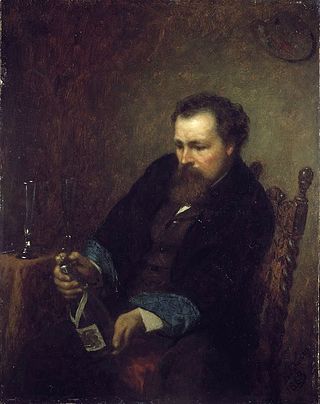
Jonathan Eastman Johnson was an American painter and co-founder of the Metropolitan Museum of Art, New York City, with his name inscribed at its entrance. He was best known for his genre paintings, paintings of scenes from everyday life, and his portraits both of everyday people and prominent Americans such as Abraham Lincoln, Nathaniel Hawthorne, Ralph Waldo Emerson, and Henry Wadsworth Longfellow. His later works often show the influence of the 17th-century Dutch masters, whom he studied in The Hague in the 1850s; he was known as The American Rembrandt in his day.

William Merritt Chase was an American painter, known as an exponent of Impressionism and as a teacher. He is also responsible for establishing the Chase School, which later became the Parsons School of Design.

George Peter Alexander Healy was an American portrait painter. He was one of the most prolific and popular painters of his day, and his sitters included many of the eminent personages of his time. Born in Boston, he studied in Europe, and over his lifetime had studios in Paris and Chicago.
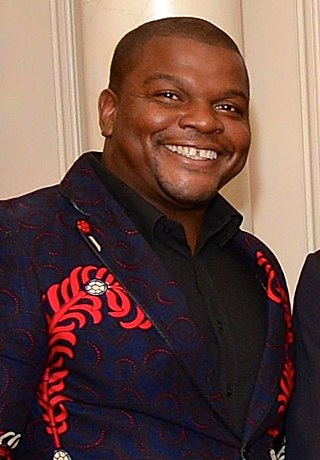
Kehinde Wiley is an American portrait painter based in New York City, who is known for his highly naturalistic paintings of Black people, frequently referencing the work of Old Master paintings. He was commissioned in 2017 to paint a portrait of former President Barack Obama for the Smithsonian National Portrait Gallery, which has portraits of all previous American presidents. The Columbus Museum of Art, which hosted an exhibition of his work in 2007, describes his work as follows: "Wiley has gained recent acclaim for his heroic portraits which address the image and status of young African-American men in contemporary culture."
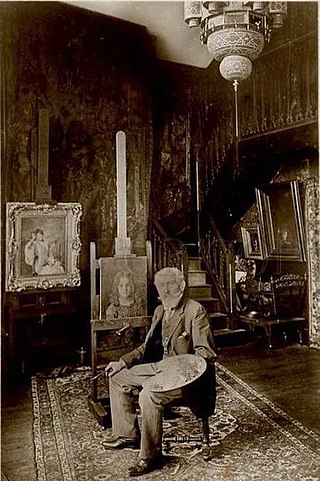
Alexei Alexeievich Harlamov (1840–1925) was a Russian painter, who usually signed his name in the Latin alphabet as Harlamoff.

Adolfo Müller-Ury, KSG was a Swiss-born American portrait painter and impressionistic painter of roses and still life.
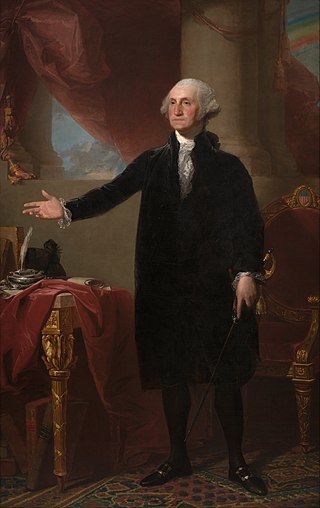
Beginning with painter Gilbert Stuart's portrait of George Washington, it has been traditional for the president of the United States to have an official portrait taken during their time in office, most commonly an oil painting. This tradition has continued to modern times, although since the adoption of photography as a widely used and reliable technology, the official portrait may also be a photograph.
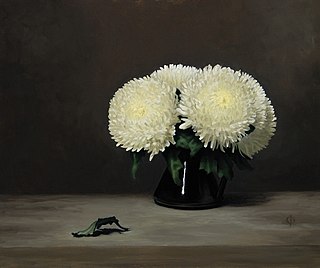
James Gillick is an artist who works in the figurative tradition. His studio is based in Louth, Lincolnshire. He is known for painting still-life work, and also other subject matter which include game paintings, portraits, horse paintings. He is also known for his work in church re-ordering and gilding.

Robert Jenkins Onderdonk was an American painter and art teacher, born in Catonsville, Maryland. An important artist in the first stage of Texas art, he was a long-time art teacher in San Antonio and Dallas, where he formed art associations and leagues; for his contributions to the culture of art and painting in Texas he is known as the "Dean of Texas's Artists."

Ted Ellis is an American artist and former environmental chemist. Ellis is best known for his African-American themed art and styles which blend elements of folk art, naturalism and impressionism. His personal rendition of Barack Obama in acrylic, Obama, the 44th President, was presented in honor of the 2009 Presidential Inauguration.

Louis Frederick Grell was an American figure composition and portrait artist based in the Tree Studio resident artist colony in Chicago, Illinois. He received his formal training in Europe from 1900 through 1915 and later became art professor at the Chicago Academy of Fine Arts from 1916 to 1922, and at the Art Institute of Chicago from 1922 to 1934. Grell exhibited his works throughout Europe from 1905 to 1915, in San Francisco in 1907, and in Chicago at the Art Institute 25 times from 1917 to 1941. He exhibited in New York in 1915 and 1916 and in Philadelphia and Washington DC. Primarily an allegorical and figurative composition muralist and portrait painter, his creative strokes adorn the ceilings and walls of numerous US National Historic Landmark buildings.
Sedrick Ervin Huckaby (1975) is an American artist known for his use of thick, impasto paint to create murals that evoke traditional quilts and his production of large portraits that represent his personal history through images of family members and neighbors.

Friedrich Julius Georg Dury (1817–1894) was a well-regarded Bavarian-American portrait artist who worked in both oil and pastel. He was born and educated in Würzburg, Bavaria, and Munich, where he began his career as an artist.

Samantha Littlefield Huntley (1865–1949) was a portrait artist who lived and worked in the Eastern United States and Italy during the early part of the 20th Century.
